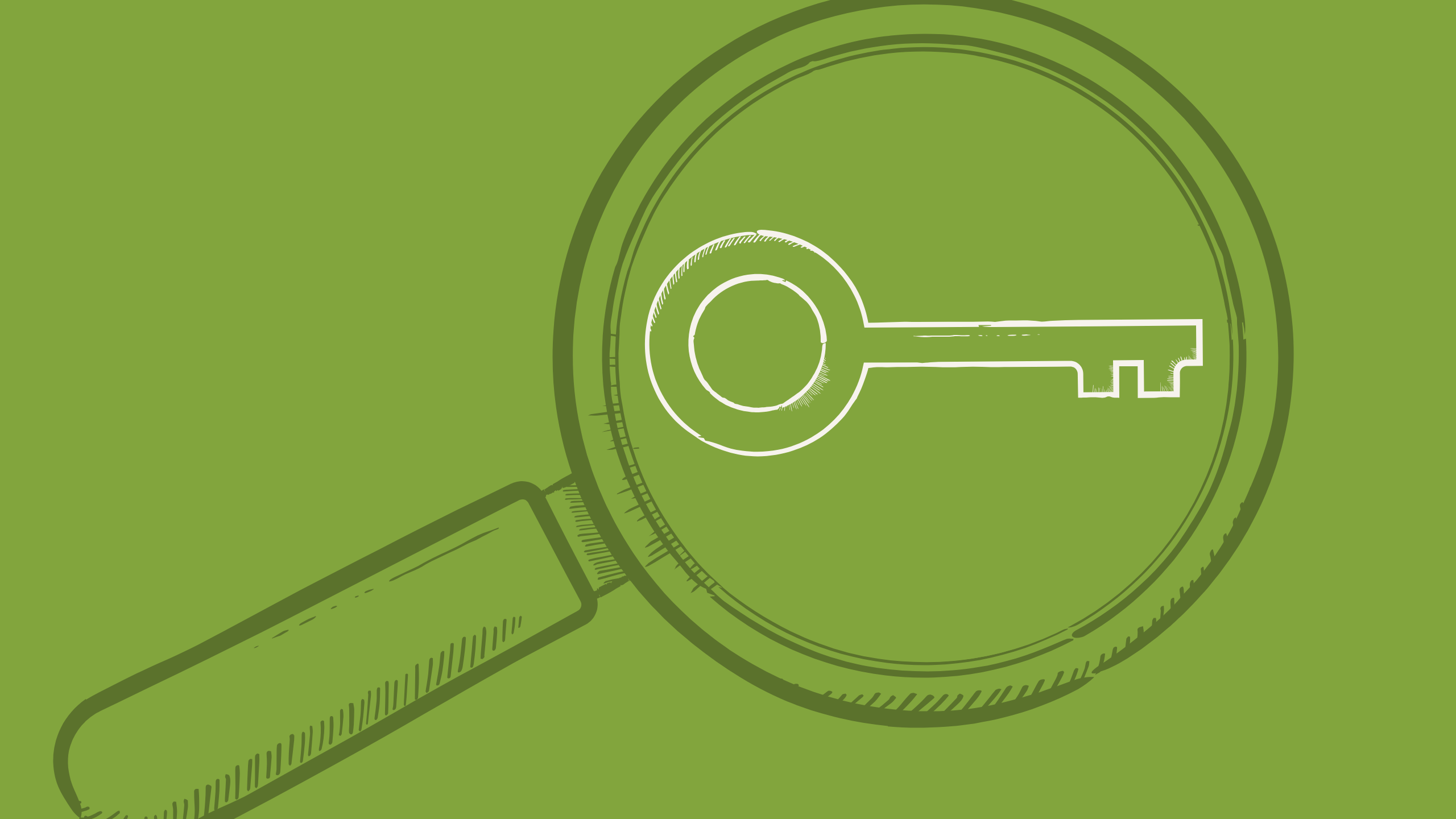Just like people, your brand is more than what meets the eye. Seth Godin put it best when he said,
“A brand is the set of expectations, memories, stories and relationships that, taken together, account for a consumer’s decision to choose one product or service over another.”
What Godin is saying here is that a brand is experiential. There are non-visual elements that help set and create the tone of a customer’s experience. This includes how you sound on the phone, all the content your organization sends out and more. All these elements culminate into what we call your brand personality and positioning—the things that help set you apart from your competitors.
What is Brand Personality?
The term brand personality refers to a set of characteristics that are attributed to a brand name. In other words, as HubSpot puts it, “it’s how you’d describe a brand if it were a person.”
Why does Brand Personality Matter?
Brand personality is all about consistency! No matter who is speaking on behalf of your organization, writing content, designing graphics or giving a tour of your facility, you need to have a unified voice and appearance. This should be documented to eliminate the potential for brand confusion or deviations.
Defining your brand personality and positioning also helps differentiate your organization and sets you apart from your competition because we can define what you do better than the rest.
Trends can be fun, but does fun mean it fits?
Participating in trends through your marketing channels may help draw attention to your organization by showcasing your brand personality in new and fun ways. However, before you dedicate time and resources to a trend, you need to consider if it’s something you’ll back on and think, “Ew. That was cringe.”
Here are a few ways to check if a trend would be viable for your brand.
Should you do this trend?

The Parts & Pieces of Brand Personality & Positioning
So, what makes up brand personality and positioning? Here are the key elements.
These standards function similarly to brand standards by establishing the rules for the flavor and feel of your content. This helps establish consistent and effective communication with your audience. Tone standards include developing your brand’s voice by determining what you are and are not as an organization and documenting words that you do and don’t use so everyone is on the same page.
We like to work through what it feels like to work in your organization, what you want your audience’s experience to be and what you’d like people to think of when describing your brand to others. The result? Usually, about 4-5 words or phrases (adjectives) that become your brand personality descriptors, with definitions of what they mean to your organization.
We define what makes your organization different and stand out. It succinctly establishes who you are, what you do, who you do it for, why you do it, where you do it and how. This statement ensures everyone is coming from the same origin and serves as a guide as you continue to develop your brand.
How Brand Personality & Positioning is Used
Now that you have defined your brand personality and positioning, how do you use it? Here are some applications.
- Brand personality and positioning can be applied through your visual branding (logo, images, graphics, website, marketing collateral, even down to your office walls…) and verbally through your tone of voice in written materials, phone scripts and other marketing channels.
- Internally, you can apply brand personality and positioning to your processes and procedures or operational standards.
- Ultimately, it can be used in anything your brand touches!
Examples of Brand Personality & Positioning
Take a look at a few examples of our brand personality and positioning work.
Rock Paper Scissors – In 2024, we rebranded ourselves with a full makeover. This included a new logo, one pager, a new website design and content, taking a new direction with our social media content and more.
The Whitlock Group – We refreshed The Whitlock Group’s brand in 2023 to make it feel more modern and add touches of playfulness. This translated into a new logo, website updates, custom wallpaper and new headshots. We also designed Christmas cards and an experiential Valentine’s Day campaign.


Thomas Creech Law Offices – After working through the client’s brand personality and positioning, we revamped their website with a fresh, modern design and new content and created the firm’s new logo.
Does Your Brand Have Personality?
If you’re thinking about taking your brand in a new direction, or if you’ve never defined your brand personality and positioning, we’re here to help.
Interested in a brand personality and positioning workshop? Fill out the form below.
Not sure about your next steps? Check out our portfolio for more examples of our branding work.
Define your Brand's Personality
Fill out the form below to request a workshop.




